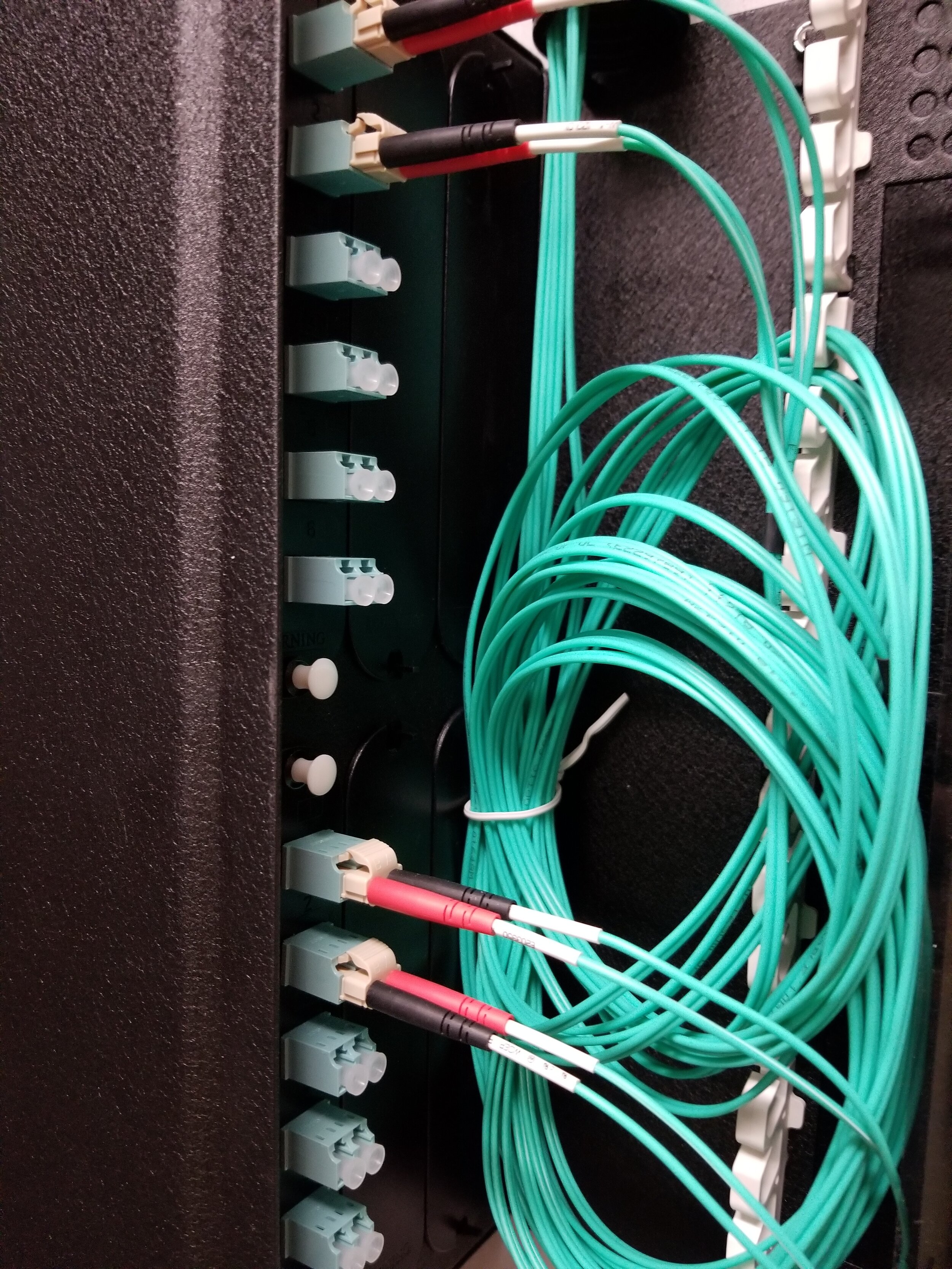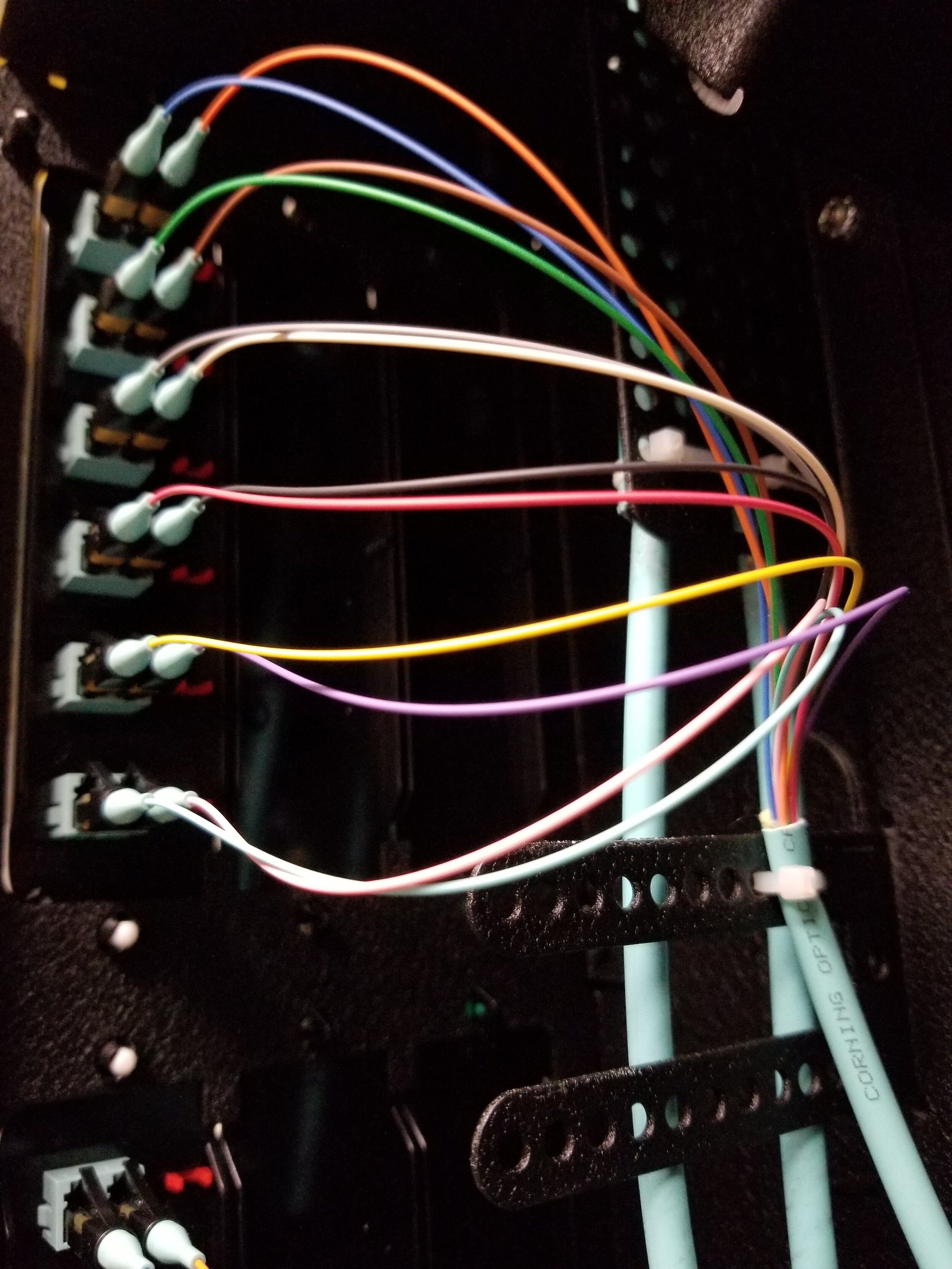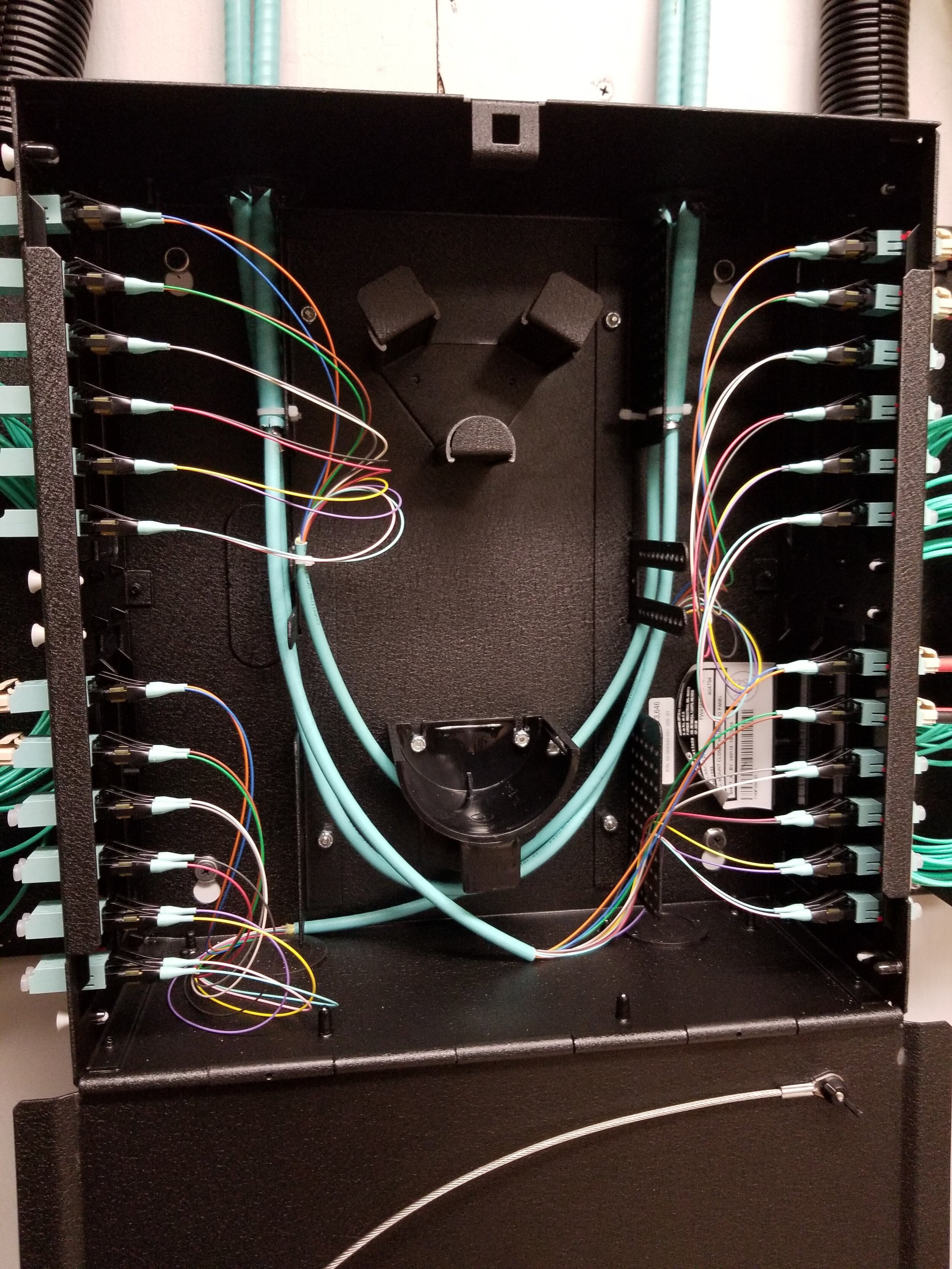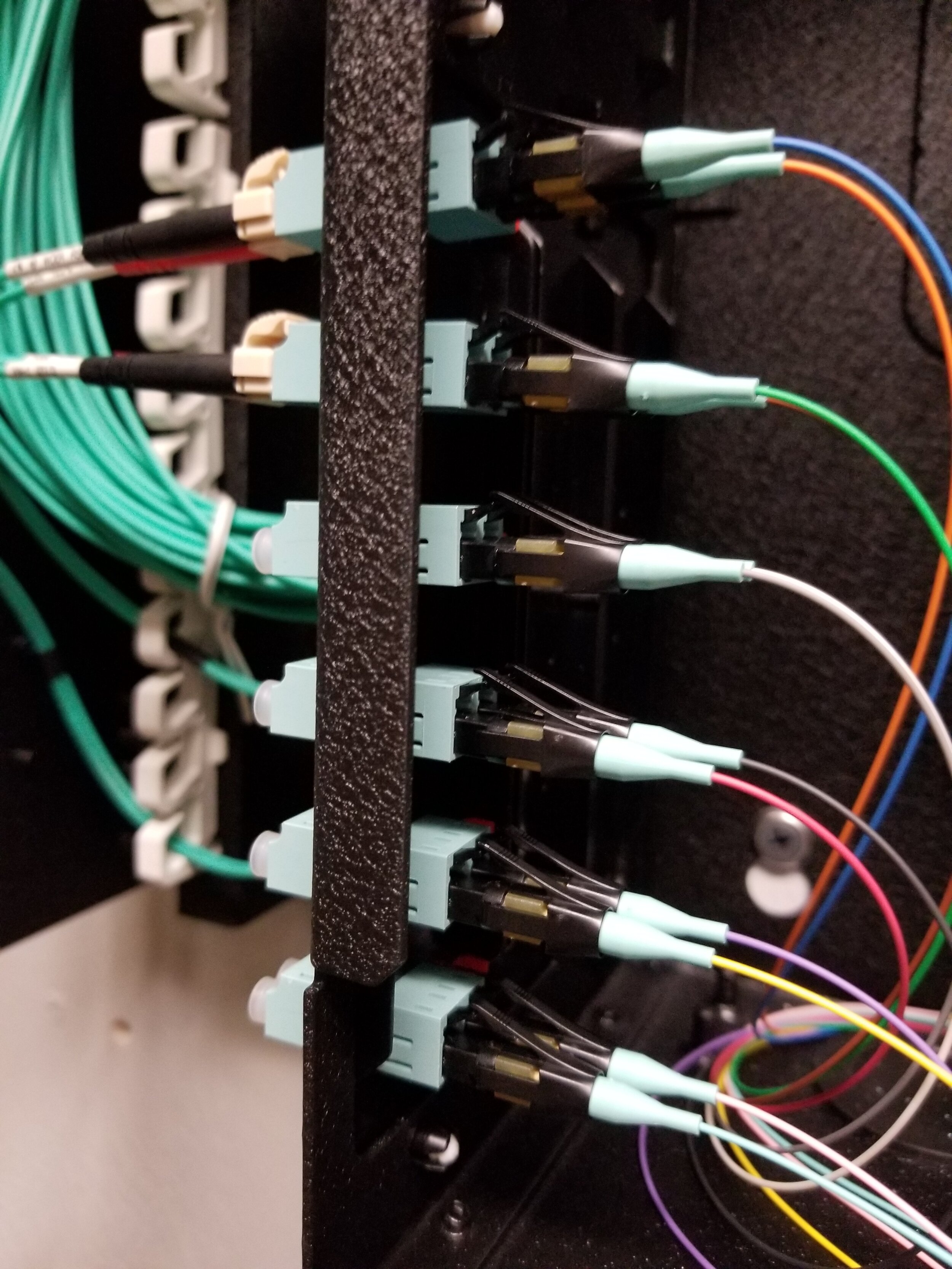Types of Cable
Data (Shielded Twisted Pair):
Twisted Pair data cabling is most commonly used in telephony and computer networking with high electromagnetic interference. The shielded twisted pairs of wires within the protective coating reduce the amount of signal degradation from other power sources. Because of the twist however, all data cabling is limited to 300 feet of signal to avoid data loss.
Data (Unshielded Twisted Pair or UTP):
Less expensive than shielded cabling, UTP has the same build but is not electrically shielded and can be prone to interference in certain environments. The Telecommunication Industry Association and Electronic Industry Association have categorized UTP cabling into eight categories, 1 being the slowest and 8 the fastest.
Category 3: Used for phone lines and low-speed networks. Outdated.
Category 5: Commonly used network cable from the 90’s and early 00;s Cat 5 cable is 4 pair twisted copper cabling capable of delivering internet speeds of up to 1,000 Mbps.
Category 5e: The successor to Cat 5 cabling Category 5e cable has faster transmission speeds (5 Gbps up to 150’ and 1Gbps up to 332’) and has been commonly used for the past 20 years as the standard for quality network cabling.
Category 6/6A: Cat 6 is rapidly becoming the most commonly used type of copper data cable. It can support speeds up to 10 Gbps at a length of 150’. It’s more robust counterpart Cat 6A or Category 6 Augmented cable can support speeds of 10 Gbps up to 332’.
Category 7: Cat 7 is not commonly used out side of data center applications. This category of cable can support 10 Gb speeds with a larger Mhz frequency than Cat 6A. Cat 7 is limited to a 100’ foot or 30 m range making it impractical for most business scenarios.
Category 8: Cat 8 cable can support speeds in the range of 35-40 Gb per second. With a 2000 Mhz frequency it is the fastest copper data cable on the market. Unfortunately just like Cat 7 this cable is limited to a 100’ foot or 30 m distance making it impractical for most structured cabling installations.
Coax:
Used for television communication, but can also be used for data transmission supporting speeds of up to 1 Gbps.
HDMI (High-Definition Multimedia Interface):
Audio/Video transmitting cable used mainly in conference settings where a computer would need to project to the TV.
Fiber Optic Cabling:
Fastest among data cabling, Fiber can span farther distances without radio interference or data loss, providing a stronger connection. Made with glass, this cable is very fragile and requires specific hardware to set up and run. The two types of fiber optic cable are single mode and multimode. Single mode can carry a data signal up to 40 km, while multimode can carry multiple signals up to 2 km.










